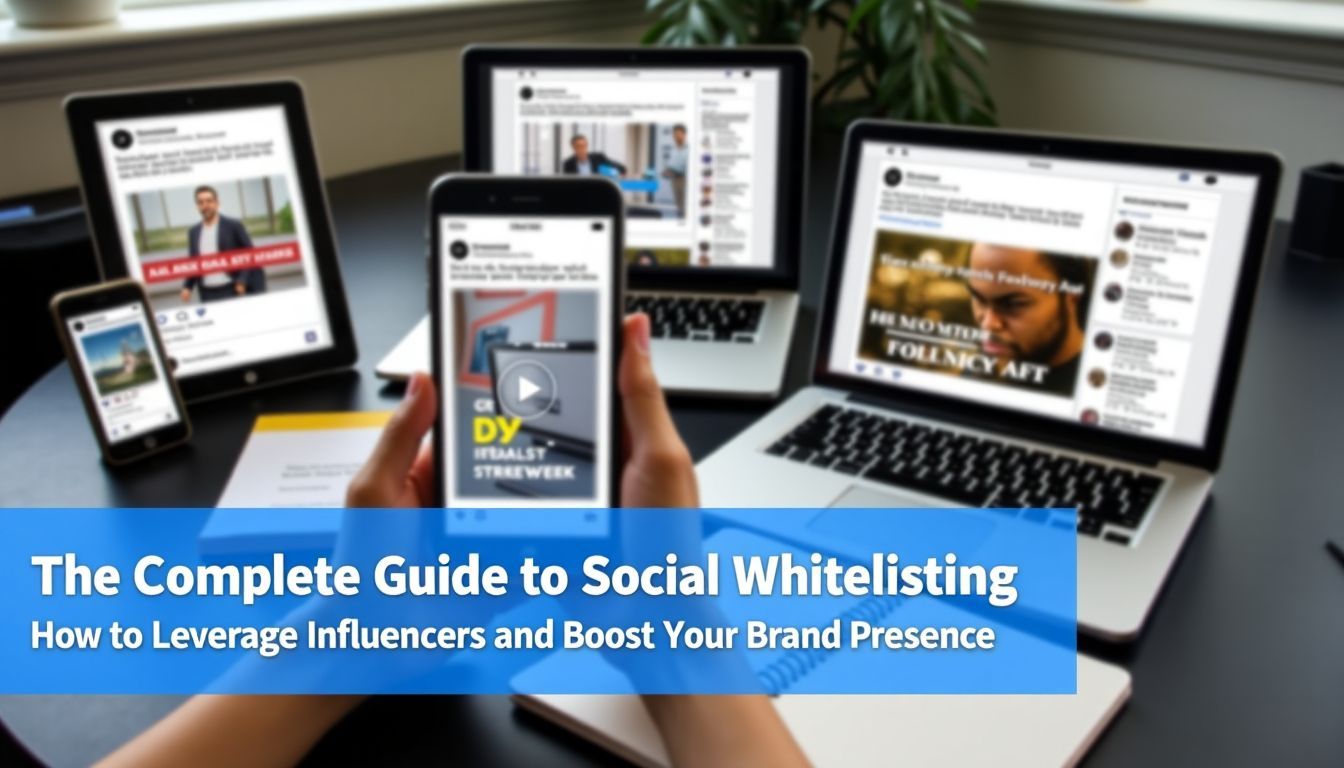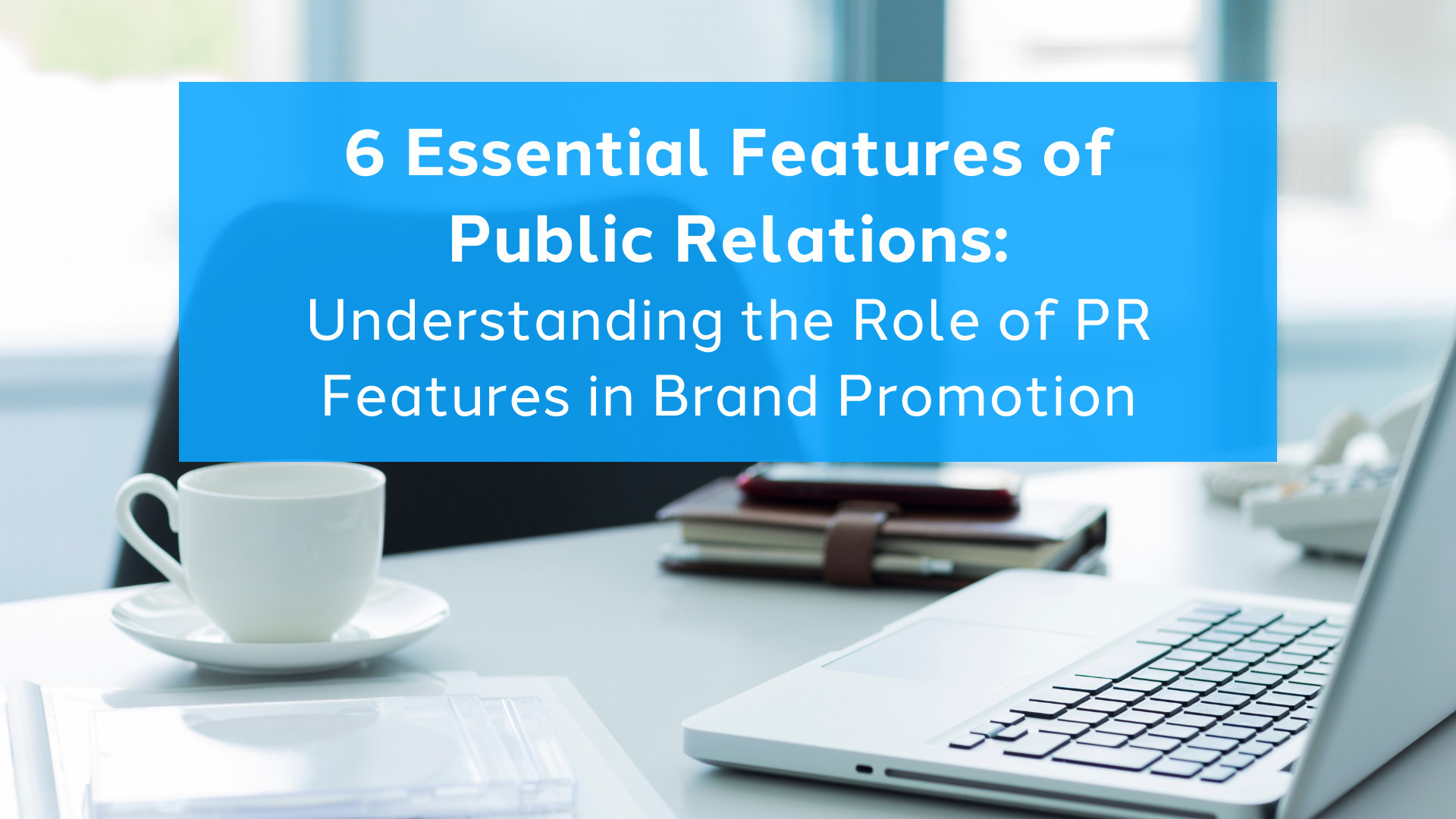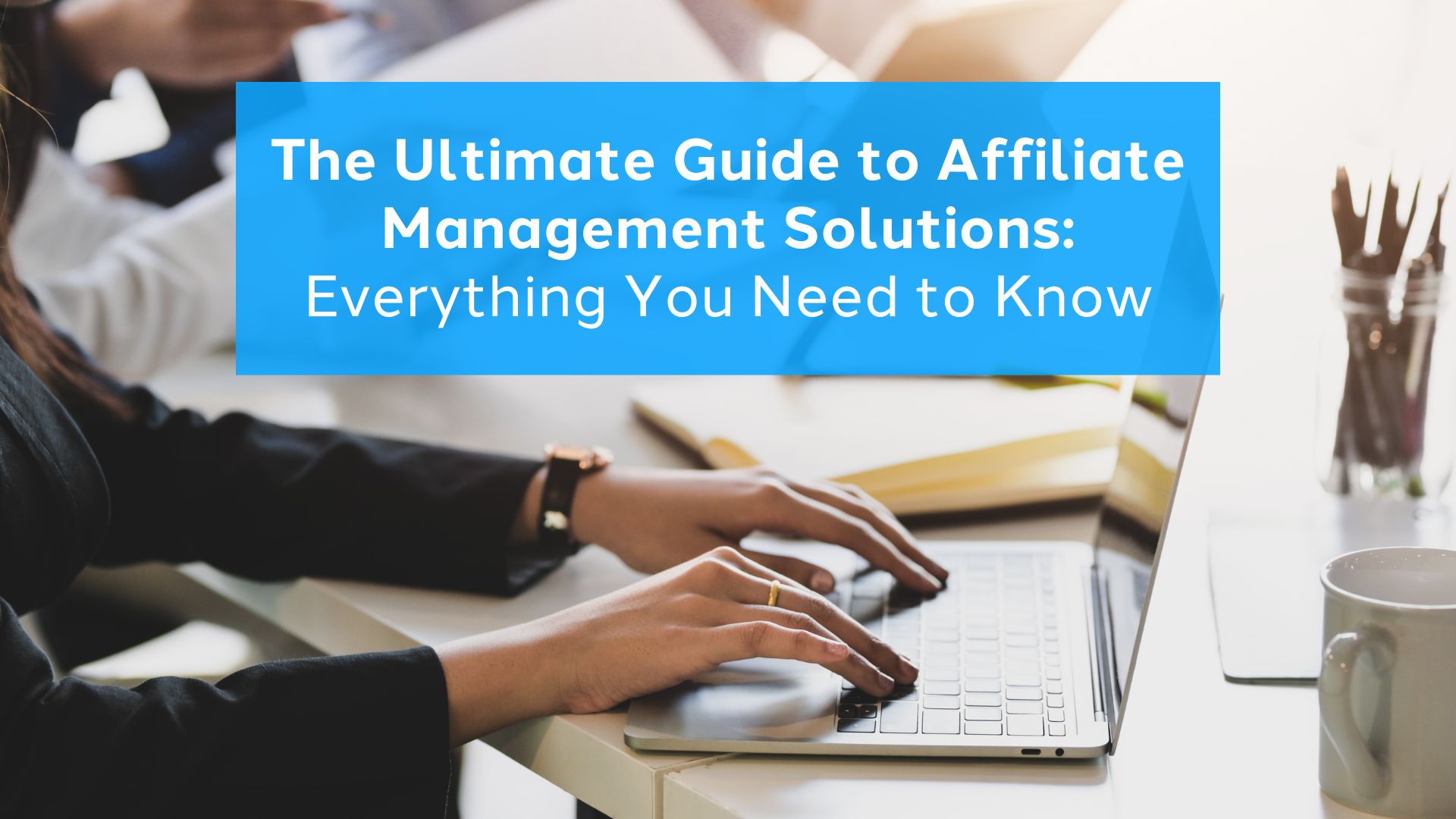Struggling to boost your brand’s presence on social media? Social whitelisting can be the game-changer you need. It enhances digital marketing ROI by merging organic and paid media, making it a favorite among U.S. marketers for its effectiveness.
This blog will guide you through leveraging influencer whitelisting to elevate your brand. Keep reading!
Understanding Influencer Whitelisting
Influencer whitelisting allows brands to promote ads through an influencer’s social media accounts. This strategy increases ad reach and enhances brand credibility with the target audience.
Definition and Basic Concepts
Influencer whitelisting allows digital marketers to use an influencer’s social media accounts for ads. This technique merges organic posts with paid media, boosting your return on investment (ROI).
By securing advertising permissions from influencers, brands can amplify their reach.
The term “creator licensing” is gaining traction as a more inclusive alternative. It includes processes like white labeling and paid media amplification. These methods ensure that branded content appears authentic and trustworthy, increasing audience engagement.
Differences Between Whitelisting and Allowlisting
To understand the nuances between whitelisting and allowlisting, review the distinctions below. Both terms are often used interchangeably but can mean different things based on context and industry standards.
| Aspect | Whitelisting | Allowlisting |
|---|---|---|
| Definition | Granting special permissions to influencers to promote your brand. | Another term for influencer whitelisting, often used in cybersecurity. |
| Usage | Primarily in influencer marketing and social media campaigns. | Primarily in cybersecurity to allow specific IPs or emails. |
| Function | Boosts branded content and ads through influencers’ accounts. | Enables access to certain network resources or services. |
| Industry | Marketing, Advertising, Social Media. | Tech, Cybersecurity, IT Management. |
| Example | Influencer with 100,000 followers can reach a new audience at a $1,000 cost per reach. | Allowlisting specific IP addresses to access internal systems. |
Use these distinctions to help decide which term aligns with your strategy. Both can enhance brand visibility but serve different purposes.
The Importance of Influencer Whitelisting
Influencer whitelisting can dramatically increase your brand’s presence across social media platforms like Facebook and Instagram. It builds trust with your audience, giving you a substantial competitive edge in the eCommerce market.
Enhanced Brand Visibility
Using influencer whitelisting can significantly boost your brand’s visibility. With platforms like Instagram and Facebook, you reach targeted audiences more effectively. Influencers amplify your message by sharing sponsored content directly with their followers.
This makes it easier to increase engagement rates and drive traffic to your landing page.
Leverage micro-influencers for a cost-effective strategy that still delivers impressive results. Agencies using Leadsie have found great success in reaching broader markets through TikTok community building, as seen in Uber’s case study.
Whitelisted ads will appear authentic, leading to higher ROI (return on investment) compared to traditional ad campaigns.
Increased Credibility and Trust
Working with influencers can boost your credibility and trust. Influencers already have loyal followers who respect their opinions. When they promote your brand, their audience feels more confident in trying your products.
71% of consumers prefer personalized ads. This aligns perfectly with influencer marketing. People enjoy seeing authentic content created by real individuals rather than faceless brands.
You benefit from increased consumer engagement as well as a steady stream of user-generated content that enhances your credibility further.
Competitive Advantages in the Marketplace
Harnessing influencer whitelisting offers significant competitive advantages. Gain improved ad copy selection and enhanced audience segmentation, leading to more targeted advertising.
Reduction in cost per action (CPA) by 20-40% proves the strategy’s efficiency.
Increased brand visibility through influencers boosts your presence on platforms like Instagram and TikTok apps. Leveraging social media influencers also builds trust and credibility with your target audience.
This approach can amplify brand awareness while optimizing return on ad spend (ROAS). Use these strategies to stay ahead of the competition.
How Influencer Whitelisting Works
Influencer whitelisting allows you to use an influencer’s social media account for advertising. You gain special permissions through platforms like Facebook Business Manager.
The Role of Social Media Platforms
Social media platforms play a crucial role in influencer whitelisting. Instagram’s branded content tool lets you manage content alongside influencers, ensuring consistency and quality.
Facebook Ads Manager allows you to run targeted ads on both Facebook and Instagram, maximizing your reach.
TikTok’s ad authorization feature provides unique codes for running ads seamlessly. These tools streamline the process of gaining permissions and optimizing campaigns. Using these platforms effectively can boost brand visibility while maintaining control over the messaging and performance of sponsored posts or dark posting initiatives.
Processes and Permissions Involved
Influencer whitelisting involves multiple steps and permissions. Each stage ensures smooth collaboration between influencers and brands.
- Granting Permissions via Facebook Business Manager
- Influencers use Facebook Business Manager to grant access. They add the brand as a partner in their ad account. This allows the brand to create ads using influencer-generated content (IGC).
- Securing Partner Permissions on Social Platforms
- Influencers authorize partners on platforms like Instagram and YouTube.
- This process often includes adding the brand’s account details for seamless integration.
- Enabling Ad Authorization on TikTok
- On TikTok, creators enable ad authorization in their settings. They provide a specific video code linked to their TikTok video. Brands then use this code to run targeted ads.
- Collaborating with Content Creators
- Marketers work closely with content creators to ensure compliance with brand guidelines. Both parties agree on the type of content and messaging before launching campaigns.
- Managing Whitelisted Content Approval
- Once all permissions are set, brands can create and boost content directly from influencers’ profiles. Brands should review each post to ensure alignment with campaign goals.
- Tracking Performance Metrics
- Brands monitor key metrics such as engagement rates and reach. Tools like Facebook’s Analytics provide insights into the effectiveness of whitelisted campaigns.
- Ensuring Compliance with Privacy Laws
- Brands must adhere to data privacy regulations, like GDPR or CCPA. Secure necessary consent from influencers regarding data usage.
- Maintaining Continuous Communication
- Keep open channels of communication with influencers throughout the campaign lifecycle. Regular feedback sessions help refine strategies and improve outcomes.
Using these steps ensures your influencer marketing campaigns are successful, compliant, and strategically aligned with your brand’s objectives.
Types of Influencer Whitelisting Strategies
Influencer whitelisting can amplify your brand’s reach. Learn the different strategies to harness social media platforms more effectively.
Boosting Branded Content
Boosting branded content allows you to turn influencer social posts into powerful ads on platforms like Instagram. You gain whitelisting access, which means promoting an influencer’s post under your brand’s name.
This boosts visibility and enhances credibility at the same time.
Instagram whitelisting offers a competitive edge by leveraging organic content that feels authentic to audiences. Your post can go viral because it appears genuine, unlike traditional ads.
Direct-to-consumer (DTC) eCommerce brands benefit greatly from this strategy as it drives engagement and increases conversions quickly.
Partnership Ads
Partnership ads let you amplify your brand by collaborating with influencers. By whitelisting, influencers allow you to target their audience directly.
This strategy increases visibility and engagement for your products or services.
However, partnership ads do have some drawbacks. Limitations on audience access may arise due to algorithm changes or platform restrictions. Keep these factors in mind when planning your marketing strategy to ensure the best outcomes for your campaigns.
Dark Posting
Dark posting involves promoting content not shared on the influencer’s page. This allows advertisers to target specific groups without cluttering the influencer’s profile. You can use Lookalike Audiences (LAL) to reach users similar to your current followers, which maximizes engagement and conversions.
To execute dark posting, you need permission from the influencer. Once granted, create targeted ads through platforms like Facebook or Instagram using their account details. This strategy keeps your campaign discreet while capturing precise audience segments for DTC eCommerce brands, boosting brand visibility and effectiveness in digital advertising efforts.
Challenges and Solutions in Influencer Whitelisting
Identifying suitable influencers and ensuring compliance with brand guidelines can be challenging; read on to learn effective solutions.
Identifying Suitable Influencers
Finding the right influencers is crucial for boosting your brand’s presence. Follow these steps to identify suitable influencers:
- Define Your Objectives: Understand what you aim to achieve with influencer whitelisting. Is it brand-building, going viral, or increasing sales?
- Know Your Audience: Pinpoint the demographics and interests of your target audience on platforms like Instagram, Facebook, and Twitch.
- Research Influencers: Use tools like LinkedIn and Instagram accounts to find creators who align with your brand values.
- Check Engagement Rates: Look at likes, shares, comments, and other interactions on potential influencers’ posts to gauge their engagement.
- Review Content Quality: Ensure that the influencer’s content aligns with your branding guidelines and standards.
- Analyze Previous Partnerships: See if they have worked with other brands in your industry and understand the outcome of those collaborations.
- Ensure Compliance: Make sure potential influencers can adhere to copyright laws and Meta’s partnership policies.
- Use Influencer Databases: Platforms like Katalys Paid Opportunity Marketplace can streamline this process by offering a diverse range of suitable influencers.
- Evaluate Authenticity: Confirm that the influencer’s followers are genuine using analytics tools to avoid bots or fake accounts.
- Conduct A/B Tests: Before fully committing, run small test campaigns to see how well an influencer drives engagement for your brand-owned ads.
These steps will help digital media publishers, marketers, and agencies supporting DTC eCommerce brands identify suitable influencers effectively.
Ensuring Compliance with Brand Guidelines
To ensure compliance with brand guidelines, you must draft clear and precise advertising rights guidelines. This helps to prevent copyright violations during influencer whitelisting campaigns.
Outline what influencers can and cannot do with your branding materials.
Establish a checklist for influencers. Include elements such as logo placement, color schemes, and approved hashtags. Regularly monitor content for adherence to these rules to manage reputation risks effectively.
Managing Reputation Risks
Managing reputation risks is crucial. Always identify suitable influencers that align with your brand values. Ensure they comply with set guidelines for a unified message.
Platform permissions play a role too. Balance autonomy and collaboration to avoid missteps. Close monitoring helps maintain brand trust and credibility, essential for any eCommerce business or marketing agency leveraging influencer whitelisting.
Best Practices for Effective Influencer Whitelisting
Set specific goals and expectations to align your campaigns with your brand’s vision. Regularly monitor performance metrics to ensure ongoing success in influencer whitelisting.
Setting Clear Objectives and Expectations
Set clear objectives for your influencer whitelisting campaigns. Specify the goals, such as increasing brand visibility or driving sales. Use measurable targets like reaching 100,000 views on a Facebook Page or boosting website traffic by 20%.
Formalize agreements in writing to avoid confusion.
Explain expectations to influencers ahead of time. Detail content guidelines and timelines. This helps ensure compliance with brand standards and maximizes campaign effectiveness. Clear communication will also make it easier to monitor impact and provide constructive feedback over time.
Monitoring and Measuring Impact
Track results using PPC platforms to measure your campaign’s success. Focus on Return on Ad Spend (ROAS) to see how much revenue each dollar generates. Tools like Pinterest and generative AI can offer insights into engagement and ad performance.
Analyze web browser data and news feed interactions for better personalization. This helps you understand user behavior, allowing more targeted content creation. Use these metrics to refine your influencer whitelisting strategy for maximum impact.
Continuous Communication and Feedback
Maintain clear and open communication with influencers. Use tools like GRIN to manage these relationships effectively. Regular feedback helps align goals and expectations, ensuring campaigns run smoothly.
Provide constructive criticism to your brand ambassadors. This encourages improvement and loyalty. Continuous dialogue builds trust and enhances the overall success of marketing strategies for DTC eCommerce brands.
Leveraging Katalys Paid Opportunity Marketplace for Whitelisting
Utilize Katalys to access a broad network of influencers. Simplify the whitelisting process and enhance your marketing campaigns effectively.
Accessing a Diverse Range of Influencers
Access a wide variety of influencers using Katalys’ Paid Opportunity Marketplace. The platform connects brands, publishers, and marketing agencies to facilitate seamless partnerships.
By utilizing this tool, you can find influencers who match your brand’s vision and goals efficiently.
Katalys streamlines the whitelisting process, saving you time and effort. This improves campaign efficiency and ensures that your brand message reaches the right audience through trusted voices.
Leverage this opportunity to boost your brand’s presence in the competitive market.
Enhancing Campaign Efficiency and Effectiveness
Leverage Katalys tools to streamline campaign processes. Programmatic advertising, partner recruitment, and performance tracking enhance efficiency. These tools reduce workload by automating repetitive tasks.
Using these strategies boosts your brand’s effectiveness. Programmatic ads target the right audience more accurately. Partner with a diverse range of influencers to reach broader markets.
Performance tracking helps measure impact and refine tactics swiftly.
Conclusion
Influencer whitelisting combines organic and paid media to improve your brand’s visibility. Engaging the right influencers can boost credibility and trust. Use clear objectives and continuous communication for success.
Take advantage of tools like Katalys Paid Opportunity Marketplace to streamline the process. Maximize your ROI through strategic partnerships with influencers today!
FAQs
1. What is social whitelisting and how does it benefit brand marketing?
Social whitelisting involves a licensing agreement where influencers grant brands permission to use their content for advertising. This strategy can boost your brand’s presence by leveraging the influencer’s audience, creating more authentic and engaging ads.
2. How can artificial intelligence enhance social whitelisting efforts?
Artificial intelligence analyzes data from cookies and pay-per-click (PPC) campaigns to identify the most effective influencers for your brand. AI helps optimize SEO strategies, ensuring that your content reaches a broader audience through targeted placements.
3. Can social whitelisting be used in blog post content creation?
Yes, incorporating influencer-generated content into blog posts can enrich your articles with diverse perspectives and increase engagement. This method also aligns well with SEO practices, enhancing visibility.


